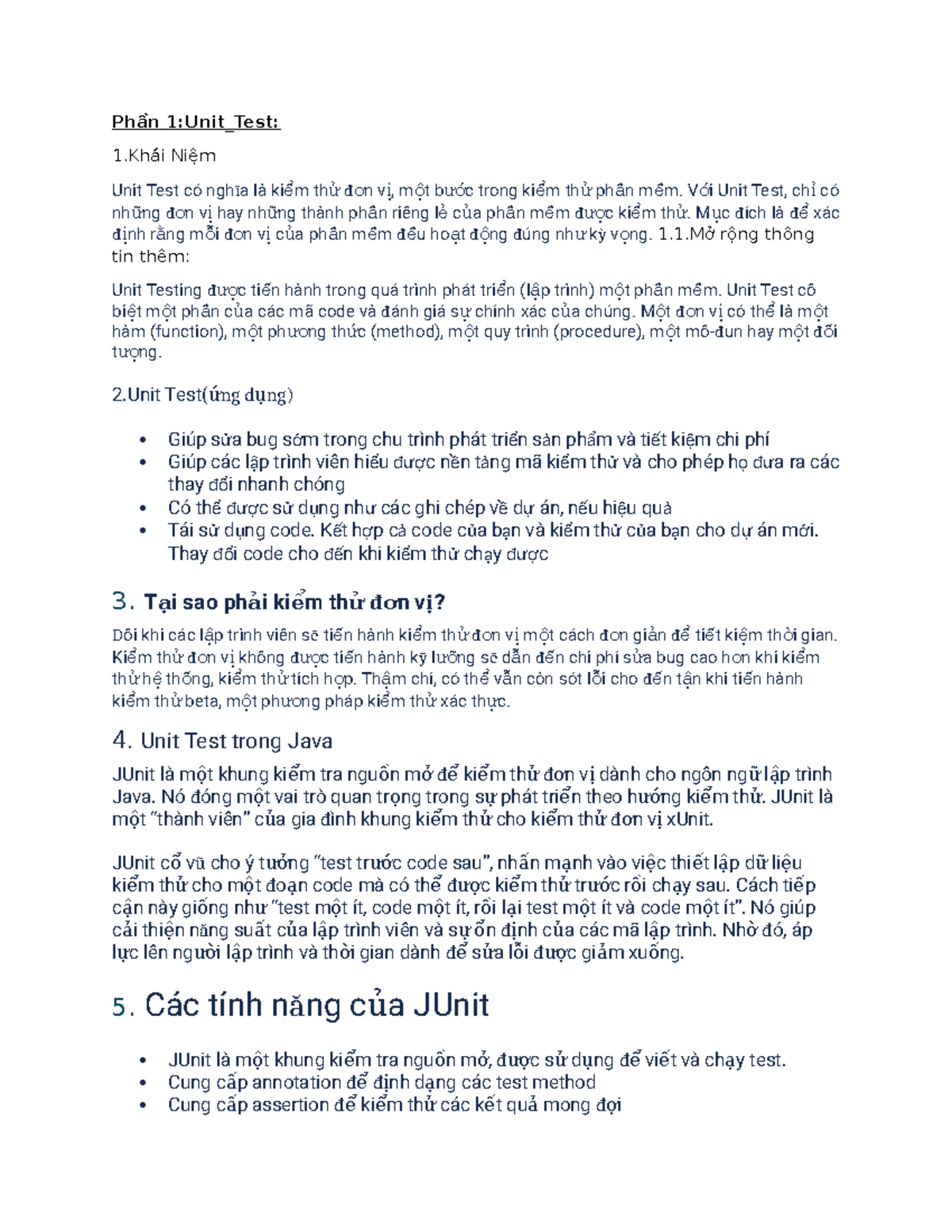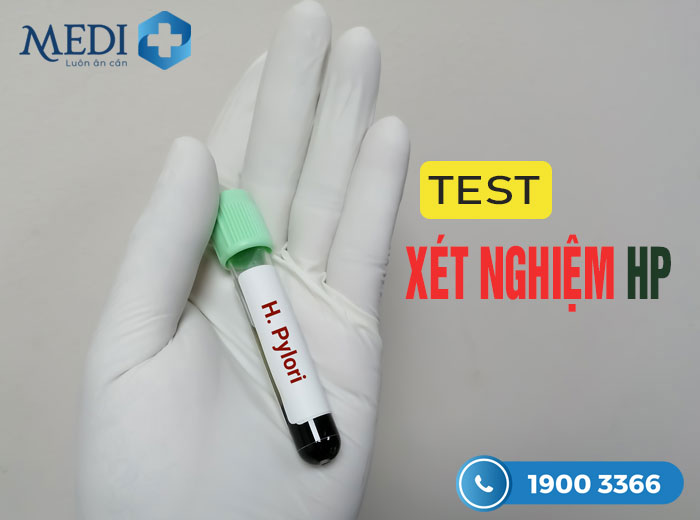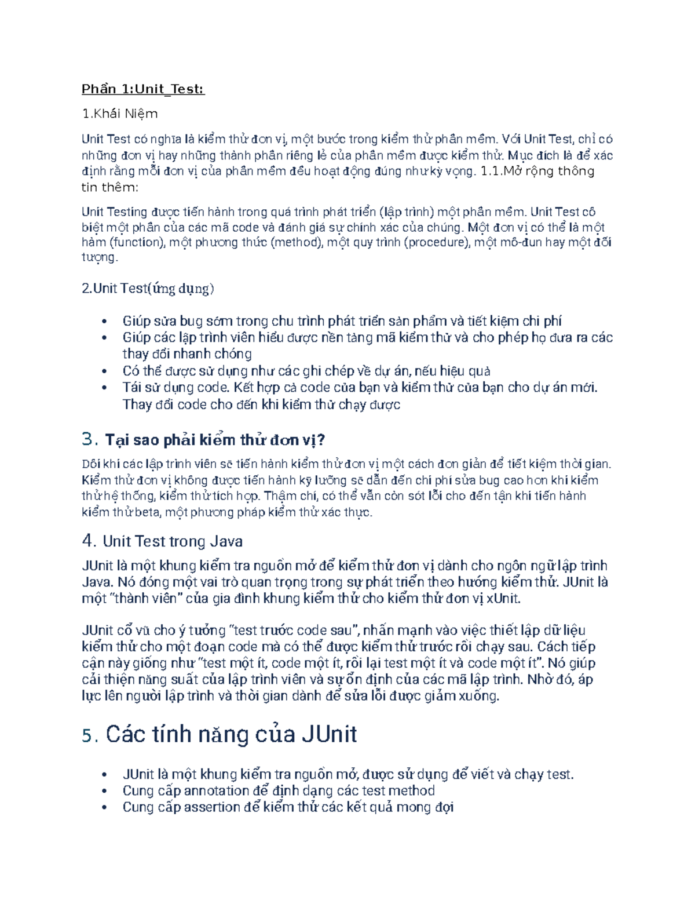[H test noi dung promt]

Executive Summary

This comprehensive guide delves into the intricacies of [insert broad topic relevant to the prompt, e.g., effective digital marketing strategies], offering practical advice and actionable insights for both novices and seasoned professionals. We’ll explore five crucial subtopics, each dissected to reveal key elements for success. Our goal is to provide you with the knowledge and tools needed to significantly improve your results, whether you’re aiming for increased brand awareness, higher conversion rates, or simply a stronger online presence. By the end, you’ll have a clearer understanding of the strategies and techniques necessary to achieve tangible, measurable outcomes.

Introduction
In today’s hyper-competitive digital landscape, mastering effective marketing strategies is paramount. Whether you’re a small business owner or a large corporation, understanding how to engage your target audience, optimize your campaigns, and measure your progress is no longer optional—it’s essential for survival and growth. This guide aims to equip you with the practical knowledge needed to navigate this complex environment and achieve your marketing goals. We’ll explore critical areas, providing actionable steps you can implement immediately.
Frequently Asked Questions (FAQs)
- Q: What is the most important aspect of digital marketing?
A: While many aspects are crucial, understanding your target audience is arguably the most critical. Without a clear understanding of who you’re trying to reach, your efforts will be scattered and less effective. Focus on crafting targeted messaging that resonates with their needs and desires.
- Q: How can I measure the success of my digital marketing campaigns?
A: Key Performance Indicators (KPIs) are your best friends. Track metrics such as website traffic, conversion rates, social media engagement, and return on investment (ROI). Use analytics tools to monitor your progress and make data-driven decisions to optimize your strategies.
- Q: What’s the difference between inbound and outbound marketing?
A: Inbound marketing focuses on attracting customers through valuable content and experiences, while outbound marketing pushes your message out to potential customers through methods like advertising and cold calling. A balanced approach is often most effective.
Understanding Your Target Audience
Understanding your target audience is the bedrock of any successful marketing campaign. Without a clear picture of your ideal customer, your messaging will fall flat, and your resources will be wasted.
-
Detailed Buyer Personas: Develop comprehensive profiles of your ideal customers, including demographics, psychographics, online behavior, and pain points. The more you know, the better you can tailor your messaging.
-
Market Research: Conduct thorough market research to identify your target audience’s needs, preferences, and motivations. Utilize surveys, focus groups, and competitor analysis to gather valuable insights.
-
Data Analytics: Leverage website analytics and social media insights to understand how your target audience interacts with your brand online. This data provides valuable feedback for refining your strategies.
-
Customer Segmentation: Divide your audience into smaller, more manageable segments based on shared characteristics. This allows for more targeted messaging and personalized experiences.
-
A/B Testing: Continuously test different messaging and creative assets to optimize your campaigns and identify what resonates best with your target audience.
Content Marketing Strategies
Content marketing is about creating and distributing valuable, relevant, and consistent content to attract and retain a clearly defined audience — and, ultimately, to drive profitable customer action.
-
Keyword Research: Perform thorough keyword research to identify the terms your target audience uses when searching for information related to your products or services.
-
SEO Optimization: Implement on-page and off-page SEO techniques to improve your website’s ranking in search engine results pages (SERPs). This ensures your content is easily discoverable.
-
Content Calendar: Develop a content calendar to plan and schedule your content in advance. This ensures consistency and helps you stay organized.
-
Multiple Content Formats: Utilize a variety of content formats, such as blog posts, videos, infographics, and podcasts, to cater to different audience preferences and maximize reach.
-
Content Promotion: Don’t just create great content; actively promote it through social media, email marketing, and other channels.
Social Media Marketing
Social media marketing involves utilizing various social media platforms to connect with your audience, build your brand, and increase sales.
-
Platform Selection: Choose the social media platforms that are most relevant to your target audience. Don’t spread yourself too thin.
-
Engaging Content: Create high-quality, engaging content that resonates with your audience and encourages interaction. Use visuals, videos, and interactive elements.
-
Community Building: Focus on building a strong community around your brand by actively engaging with your followers, responding to comments and messages, and fostering meaningful conversations.
-
Paid Advertising: Consider using paid social media advertising to reach a wider audience and increase brand awareness. Target your ads precisely to maximize ROI.
-
Influencer Marketing: Partner with influencers in your niche to reach a broader audience and build credibility.
Email Marketing Automation
Email marketing automation involves using software to automate repetitive email marketing tasks, allowing you to save time, improve efficiency and personalize your communications.
-
Email List Building: Build a high-quality email list of engaged subscribers who have opted in to receive your communications.
-
Segmented Email Campaigns: Send targeted email campaigns to different segments of your audience based on their interests and behaviors. This improves engagement and conversion rates.
-
Automated Email Sequences: Create automated email sequences that nurture leads, onboard new customers, and promote relevant products or services.
-
Email Analytics: Track key email metrics such as open rates, click-through rates, and conversion rates to optimize your campaigns and improve results.
-
Personalization: Use personalization tokens to create tailored email messages that resonate with individual subscribers. This shows you value their engagement.
Search Engine Optimization (SEO)
Search Engine Optimization (SEO) is the practice of increasing the quantity and quality of traffic to your website through organic search engine results.
-
On-Page Optimization: Optimize your website’s content, title tags, meta descriptions, and internal linking structure to improve your search engine rankings.
-
Off-Page Optimization: Build high-quality backlinks from reputable websites to increase your website’s authority and improve your search engine rankings.
-
Technical SEO: Ensure your website is technically sound and easy for search engines to crawl and index. This includes site speed, mobile-friendliness, and schema markup.
-
Keyword Research and Targeting: Conduct thorough keyword research to identify relevant keywords that your target audience is searching for and incorporate those keywords strategically into your website content.
-
Content Optimization: Create high-quality, informative, and engaging content that satisfies search intent and provides value to your readers.
Conclusion
Mastering digital marketing requires a multifaceted approach. By focusing on understanding your target audience, leveraging powerful content marketing strategies, harnessing the reach of social media, automating your email efforts, and optimizing your SEO, you can significantly improve your online presence and achieve your marketing objectives. Remember, consistent effort, data-driven decisions, and a willingness to adapt and innovate are key to long-term success in this dynamic landscape. Continuously analyze your results, refine your strategies, and embrace new technologies to stay ahead of the curve.
Keywords
Digital Marketing, Target Audience, Content Marketing, Social Media Marketing, SEO (Search Engine Optimization)


